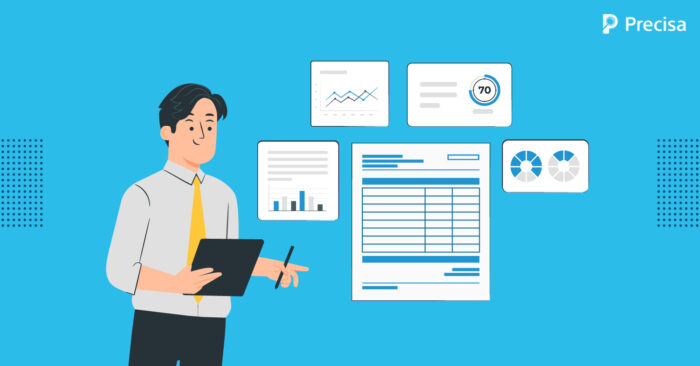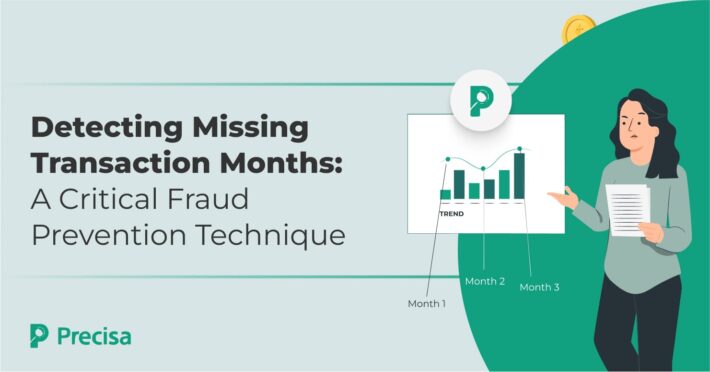Financial Statement Analysis Tools: Innovations, Opportunities, and Challenges in the Era of AI

The adoption of Artificial intelligence (AI) across various industries and domains is increasing rapidly, as is evident from its application and utility. The finance sector, in particular, has embraced AI enthusiastically to modernise the entire industry and streamline the traditional manual banking processes. A Forbes report reveals the global AI fintech market is expected to reach $22.6B in 2025, and 70% of all financial services firms are using machine learning to fine-tune credit and predict cash flows. Financial statement analysis is a critical process for investors, creditors, and other stakeholders to assess a company’s financial health. Traditionally, it has been a manual process, which many consider time-consuming, resource-heavy and prone to errors. However, AI-powered financial statement analysis tools are transforming this function and making the process more accurate and swift.
This blog explores how AI supports innovations in financial statement analysis tools and the challenges and opportunities.
Innovations in Financial Statement Analysis Tools

Digital lending is witnessing a boom in India and is expected to reach $ 1.3 trillion by 2030. The fast-paced growth comes with a pressing concern for digital lenders, the need to have strong fraud detection capabilities.
AI-driven financial statement analysis tools can help lenders assess risk better and prevent potential loan fraud. Below we discuss four innovations and their benefits for lenders.
1. Automated Data Extraction and Processing
AI-enabled solutions can help extract required data from financial statements and other documents to identify trends and patterns. This helps save time and effort and additionally improves data analysis accuracy.
The financial statement analysis tools’ Intelligent and automated data capture capability processes vital data from various incoming sources utilising artificial intelligence and machine learning. These data sources include printed documents, scanned images, and electronic documents in multiple file formats. Automated bank statement analysis can improve loan processing time and accuracy.
2. Natural Language Processing
AI can also assist in analysing the body text of financial statements and other documents. This helps identify key insights that might not be apparent from only numbers. For example, AI can help identify the tone of a company’s financial statements to gather additional clues about its financial health.
3. Machine Learning (ML) Techniques
Machine learning models trained with the aid of AI can help identify patterns and trends in financial data. These models can then help generate predictions about future financial performance. ML tools leveraging AI provide valuable insights to investors, lenders, and other stakeholders.
Also, it is interesting to note that AI and ML will be among the top 5 trends to lead Digital Transformation in 2023.
4. Data Visualisation
Visualisation is a crucial part of data analysis, and AI plays a pivotal role in enhancing this process. Advanced AI-driven data visualisation capabilities bring the data to life. They help generate charts and graphs automatically to communicate complex information effectively and in a visually appealing form.
Visualisation techniques also help present financial data intuitively and interactively, facilitating simpler interpretation and analysis.
Opportunities Financial Statement Analysis Tools Offer
The use of AI in financial statement analysis solutions offers several opportunities for lenders, including:
1. Enhanced Efficiency
Financial statement analysis tools that leverage AI can help improve efficiency. Automating repetitive tasks, such as data entry and calculations, reduce the time and effort required for financial analysis. Some tools can also offer up to a 5X reduction in the processing time.
2. Increased Accuracy
The analysis tools’ Machine Learning algorithms can process vast amounts of data, pinpoint complex relationships, and minimise human errors in analysis, resulting in higher accuracy.
3. Unique Insights
AI can offer unique insights into financial data that may not occur to human analysts, helping investors, lenders, and other stakeholders make sounder decisions.
4. Real-time Analysis
Information is available in real-time, facilitating timely decision-making and faster responses to market changes. Some tools also provide real-time actionable insights and visually appealing dashboards.
5. Advanced Risk Assessment
Financial statement analysis tools can also identify potential risks, detect anomalies, and sound alerts for potential red flags with the help of AI.
6. Personalised Inputs
Users can receive customised recommendations and insights based on their preferences, risk appetite or other parameters they specify for the analysis; AI makes this possible.
Challenges Using Financial Statement Analysis Tools
financial statement analysis tools that leverage AI also come with some challenges, such as:
1. Data Quality and Availability
AI solutions are highly dependent on the availability of reliable, error-free and unbiased data. Ensuring superior data quality and accessibility can prove to be a challenge, especially in the case of unstructured data sources that financial institutions often have to deal with. If the data available is inaccurate, the results of the analysis will also be unreliable.
2. Interpretation and Context
Financial analysis often requires considering broader economic and industry contexts. AI tools may find it challenging to incorporate qualitative factors in the analysis and may provide complex and difficult-to-interpret results, making it challenging for analysts to understand their implications.
3. Regulatory and Ethical Concerns
Employing AI in financial analysis presents concerns regarding data privacy, bias, and compliance with regulatory frameworks.
4. Model Robustness and Verification
AI models must be continually validated and revised to ensure their precision and relevance with evolving markets and business collaboration.
5. Subtle Human-AI Balance
Despite its many advantages, AI tools should complement human expertise rather than replace it. Striking the right balance between human assessment and AI-driven insights is crucial to make the best of this evolving discipline.
Key Takeaways
AI-powered financial statement analysis tools offer multiple potential benefits, including distinctive insights, improved efficiency and accuracy resulting in better decision-making.
Along with the benefits, it is crucial to be aware of the challenges and to take appropriate steps to mitigate them.
Precisa’s Bank Statement Analyser is a unique solution that is built using the power of AI and ML. It provides deep, actionable insights using uploaded bank statements, helps improve productivity, and mitigates the overall risk of default.
Get in touch with our team to learn more about its benefits and features today!



